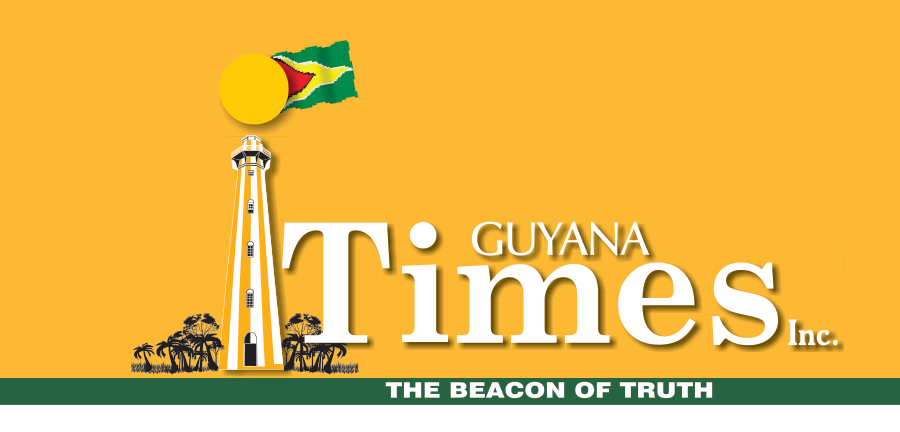– fighting a daily battle, say authorities
Traffic officers from multiple regional divisions are ramping up enforcement against drivers who create unauthorised “third lanes” during peak hours, a practice that has become rampant across Guyana’s roadways.
The issue is especially prevalent in Regions Three (Essequibo Islands – West Demerara), 4B (East Bank Demerara), and 4C (East Coast Demerara), where drivers desperate to reach Georgetown or other destinations are forming illegal lanes, clogging intersections and creating hazardous traffic conditions. Officers say they’re fighting a daily battle.

During a recent episode of the televised programme Road Safety and You, Sergeant Mitchell Caleb, who is attached to the Cove and John Police Station on the East Coast of Demerara (ECD) as the Subordinate officer in charge of traffic, stated that in his division that this issue is very prevalent.
“In Regional Division 4C, it’s prevalent. We have in the vicinity of Montrose, the road is very broad… persons who want to get to work for 8 o’clock and leave home, come into Georgetown at 7:45… [these] persons are making third lanes.”
He said their ranks are actively responding with motorcycle patrols stationed along known hotspots like Strathspey, Vigilance and Good Hope to curb this issue.
“We would have arrested several persons and prosecuted them for the offence,” Caleb said. “Also, some were prosecuted by way of summons. And we’re continually doing this. And we’re finding a reduction in some areas.”
But he said it is not always consistent, since drivers, even though they are warned and educated, choose to still violate the law.
“The say when the cat is away, the mouse will play. From the time the police are not there, persons get back into this,” he added. “But we’re on their backs, and we’re getting good results.” Meanwhile, in region 4B, Sergeant Anthony, the traffic officer’s secretary, said careless driving charges have been laid against dozens of offenders caught in the act.
“We record when the drivers are being charged and sent before the court for the offence of careless driving,” said Sergeant Anthony. “So far, [we’ve recorded] some cases – 60-something cases.”
Police say the public has a role to play in helping reduce such behaviour by reporting rogue drivers, a point echoed in broader calls for collective responsibility in road safety. Only a few months ago, Traffic Chief Senior Superintendent Mahendra Singh also raised concerns over the growing issue of illegal second and third lane formation during peak hours on major Georgetown roads like Sheriff Street and Mandela Avenue. He described the practice as “dangerous and careless driving” that endangers pedestrians, cyclists and all road users. While some drivers see these makeshift lanes as a way to ease congestion, Singh emphasised they create more confusion and increase accident risks.
He acknowledged the challenge of enforcement due to limited police presence during rush hours, but stressed that this does not excuse drivers from breaking traffic laws. Singh proposed the use of technology, such as traffic cameras, to capture violators, which could deter rule-breaking and reduce the burden on traffic officers. Ultimately, Singh called for a cultural shift in road behaviour, urging drivers to act responsibly, follow laws and prioritise safety over convenience.
He also suggested public education campaigns to promote defensive driving and change reckless attitudes that contribute to road chaos.
Discover more from Guyana Times
Subscribe to get the latest posts sent to your email.













